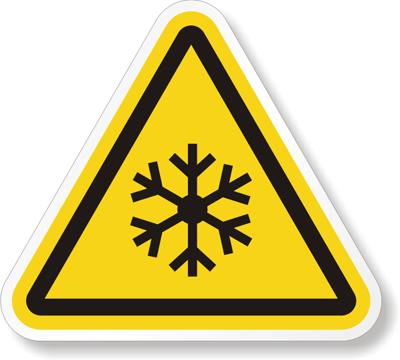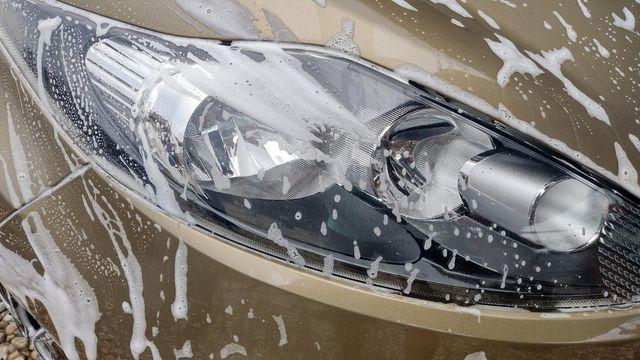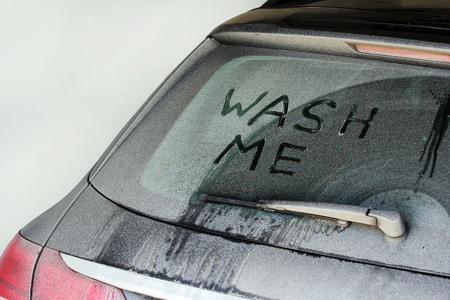There I was, bundled up in my winter gear, staring at my trusty wagon coated in a deep crust of crusty winter grime, faced with a puzzling thought: could braving the biting 25-degree chill for a wash actually do more harm than good? My engineering mind buzzed with questions about car wash temperature and the risks of washing a car in winter. How can I protect my vehicle’s finish without tempting fate with freezing hazards?
As someone who knows the art and science of car maintenance through seasonal extremes, I realized this wasn’t just a personal dilemma; many of us find ourselves here, especially when winter’s harsh elements seem endless. Yes, there are indeed risks, but armed with the right knowledge and preparation, winter washing can be accomplished not just safely, but effectively. Let’s dive deep into this frosty challenge and uncover the truths and tricks behind washing your car in winter without compromising its health.
What to Know: Risks of Washing Your Car at 25 Degrees
Understanding Freezing Risks

Understanding freezing risks is crucial when contemplating a car wash at 25 degrees. My engineering background informs me that washing a car below freezing can lead to significant freeze damage, particularly impacting seals and electronic components. What happens to your car’s delicate parts when exposed to extreme cold while washing? This question underscores the subtle yet serious risks involved. When water seeps into vulnerable areas and freezes, it can expand and cause irreparable harm. As temperatures dip, the elasticity of rubber seals can also diminish, leading to cracks and eventual leaks.
Moreover, ice formation around electronic elements poses a threat, potentially resulting in malfunctions or failures. This awareness shifts our perspective on a seemingly routine activity, emphasizing a need for precaution. As we delve into the impact on car parts and finishes, it’s crucial to consider these freezing risks as a part of a comprehensive strategy for winter car maintenance.
Impact on Car Parts and Finish

Did you know that washing in cold weather could compromise your car’s finish, leading to costly repairs later? From my experience at Jeep, I can attest to how temperature fluctuations during a cold weather car wash can wreak havoc on your vehicle’s exterior and components. When temperatures hover around 25 degrees, water from the wash can freeze rapidly, causing severe damage to both the paint and mechanical systems.
A car’s finish isn’t just about aesthetics; it’s a critical layer protecting it from the elements. Washing in such cold conditions could lead to cracks in the paint due to sudden temperature changes, exposing the bodywork to rust and corrosion. Furthermore, vehicle wash winter precautions are essential because frozen water can seep into seals, locks, and joints, potentially causing them to seize or fail. Over time, these seemingly minor issues can lead to expensive repairs.
Therefore, understanding these risks is vital before you decide to wash your car in sub-freezing temperatures. Knowing how to manage these risks effectively becomes not just a matter of maintenance, but also a means of long-term cost-saving. Now, let’s delve into why some might still consider car washing in the cold and how to mitigate these issues if you choose to proceed.
Why Consider Car Washing in Cold Weather?

Could washing your car in winter actually extend its lifespan and protect against long-term damage?
When I first considered this question, it struck me as unconventional. As someone deeply invested in automotive maintenance, I recognize that winter can be a brutal season for cars. Salt and grime build-up during the colder months isn’t just unsightly; it can be downright destructive to your vehicle’s parts and finish. By washing my car regularly in these frigid temperatures, I’ve noticed that it significantly reduces the risk of corrosion. Salt, though invaluable for keeping roads safe, is a notorious enemy of metal surfaces; it accelerates rust formation, which can wreak havoc on the undercarriage and other components. Thus, maintaining a consistent wash routine isn’t merely about aesthetics—it’s a strategic move to preserve your vehicle’s integrity.
With each winter wash, I am reminded of the larger benefits that result from this simple practice. Beyond the immediate satisfaction of a clean car, it’s the long-term damage prevention that truly makes it worthwhile. My experiences underscore this reality: while winter presents challenges for car maintenance, it’s also an opportunity to protect and enhance vehicular longevity by keeping those corrosive elements at bay.
How to Wash Your Car in 25 Degrees
Preparation and Equipment Needed

Before you dive into washing your car at 25 degrees, what should you have on hand to tackle a winter car wash without causing damage or risking injury? Drawing from years of hands-on experience, I can attest that your approach to vehicle wash winter precautions is pivotal to ensuring both safety and success. Firstly, choose the right tools. Use a dedicated winter car wash soap that resists freezing. Have water-resistant gloves and a pair of sturdy, non-slip boots ready to keep you warm and prevent slips. A portable heat lamp can help spot-dry tricky areas, reducing ice formation risks. Adhering to these winter car wash tips equips you to protect both your vehicle and yourself, seamlessly transitioning you into the next steps of a cold-weather wash routine with confidence.
Step-by-Step Guide to Washing

Are you washing your car the right way in freezing temperatures, or putting it at risk? Through my experiences in automotive design, I’ve learned the critical nuances of washing a car below freezing. This process requires careful attention to protect your vehicle from potential hazards. When washing your car in 25 degrees Fahrenheit, it’s essential to follow a meticulous method to avoid damage from ice accumulation and brittle parts.
First, make sure you have all the necessary cold weather car wash equipment ready to minimize exposure time. Begin with rinsing the vehicle gently using warm water to prevent immediate freezing. Use an appropriate car wash solution that’s designed for lower temperatures to ensure a proper clean without compromising your vehicle’s finish. Pay close attention to frequently overlooked areas prone to salt buildup, especially around the wheels and undercarriage. Each step needs to be performed swiftly but carefully to reduce the risk of water freezing on your car’s surface, causing harm to the paint and underlying parts.
By following these steps outlined by my automotive background, you’ll be protecting your car from winter’s harsh effects, extending its lifespan even under the challenges posed by 25-degree weather. Let’s move forward to explore the essential post-wash care needed to ensure your car remains in optimal condition throughout the icy months.
Post-Wash Care

After surviving the wash in 25-degree weather, the real challenge begins. What steps should you take immediately after washing to keep your car protected from the harsh winter elements? My extensive engineering experience taught me the significance of post-wash care: it’s the final fortress against potential winter damage.
First, use compressed air to blow off excess water, reducing the risk of ice forming on the surface. Apply a high-quality wax, emphasizing protection from uv rays and road salt—a simple yet critical part of vehicle wash winter precautions. I always ensure every nook is dry, including door seals, to prevent freezing and damage. These car detailing cold weather practices are vital to safeguard your investment and maintain your car’s value, no matter the mercury’s stubborn grip on the season.
FAQs about Car Washing in Cold Weather
Is 25 Degrees Too Cold for a Car Wash?
What Precautions Should Be Taken for Winter Car Washing?
What Are the Benefits of Washing Your Car in Winter?
Conclusion
Is winter car washing truly essential, or can you skip it and wait for warmer days? From my experiences, skipping this crucial care step could lead to costly damage. Embrace winter washing using smart, safe practices to preserve your vehicle’s appearance and integrity. Understanding freezing risks and the impact on car parts is vital. My winter car wash tips help mitigate these issues, ensuring your routine is effective even in the biting cold. With thorough preparation and proper equipment, a wash at 25 degrees can be successful. Ultimately, keeping your car clean is more than aesthetic; it’s about protection and longevity.